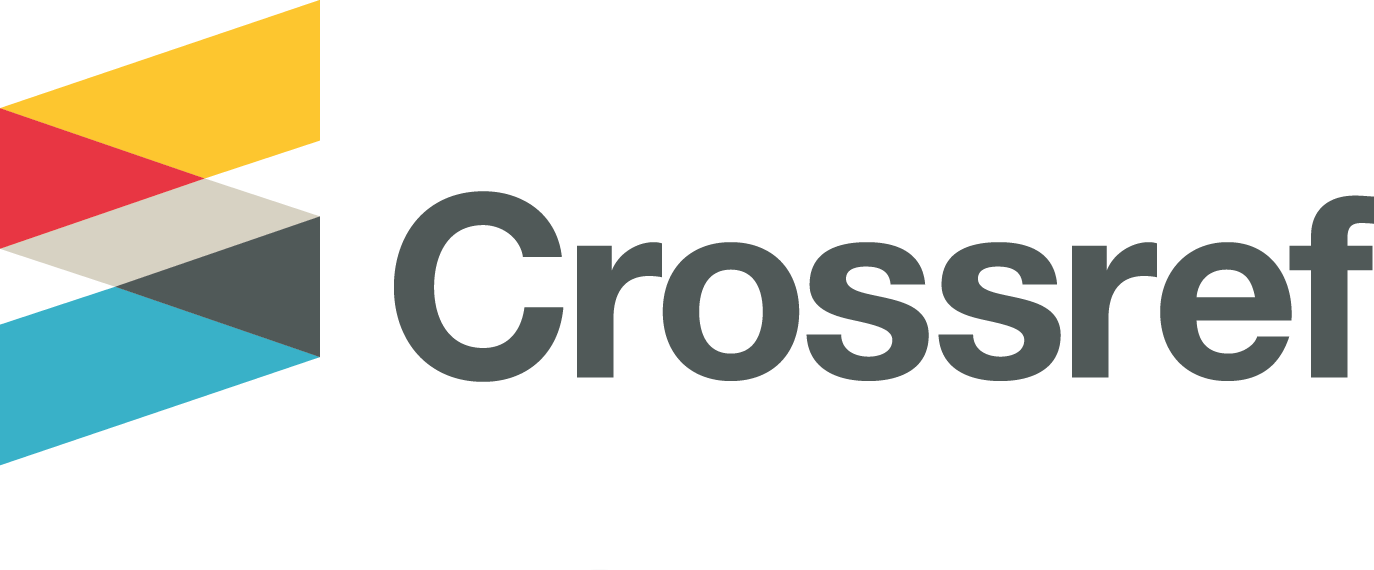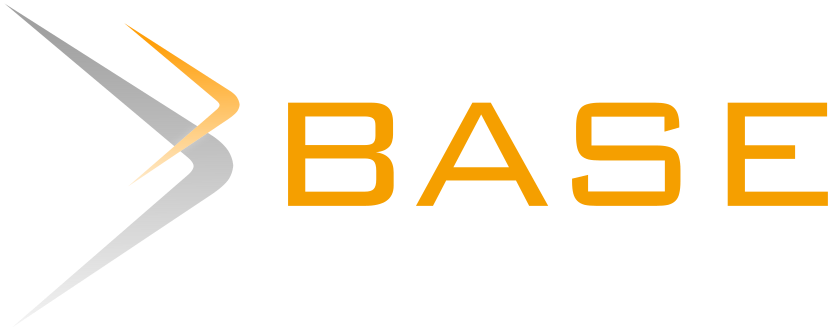Construct Adaptation of Body Positive Online Content Exposure among Emerging Adults in Indonesia
Abstract
Exposure to body positive content on social media is increasing, especially with the widespread use of digital platforms among emerging adults. Body Positive Online Content (BPOC) offers an alternative that promotes body acceptance and challenges narrow beauty standards. This study aimed to adapt and validate an Indonesian version of the BPOC measurement tool. A total of 378 participants aged 18–25 completed an online questionnaire. Psychometric analyses, including confirmatory factor analysis (CFA), construct validity testing, and Cronbach’s Alpha, indicated that the BPOC scale demonstrates good validity and reliability. These findings support the use of the adapted BPOC scale to assess exposure to body positive content within the Indonesian cultural context.
Paparan terhadap konten positif tentang tubuh di media sosial semakin meningkat, seiring dengan dominasi penggunaan platform digital pada emerging adults. Body Positive Online Content (BPOC) dipandang sebagai bentuk konten alternatif yang mendukung penerimaan tubuh dan resistensi terhadap standar kecantikan sempit. Untuk memastikan kesesuaian pengukuran BPOC di Indonesia, penelitian ini melakukan adaptasi dan pengujian alat ukur dalam versi Bahasa Indonesia. Sebanyak 378 partisipan berusia 18–25 tahun berpartisipasi dengan mengisi kuesioner secara daring. Hasil uji psikometri melalui confirmatory factor analysis (CFA), uji validitas konstruk, dan koefisien Cronbach’s Alpha menunjukkan bahwa skala BPOC memiliki validitas dan reliabilitas yang baik. Temuan ini mendukung bahwa versi terjemahan skala BPOC dapat digunakan untuk mengevaluasi paparan konten positif tubuh dalam konteks budaya Indonesia.
Keywords
Full Text:
FULL TEXTReferences
Arnett, J. J. (2007). Child Development Perspectives. Journal of Adult Development, 8(2), 68–73.
Beaton, D. E., Bombardier, C., Guillemin, F., & Ferraz, M. B. (2000). Guidelines for the Process of Cross-Cultural Adaptation of Self-Report Measures Dorcas. SPINE, 25(24), 3186–3191. https://doi.org/https://doi.org/10.1097/00007632-200012150-00014
Cohen, R., Fardouly, J., Newton-John, T., & Slater, A. (2019). #BoPo on Instagram: An experimental investigation of the effects of viewing body positive content on young women’s mood and body image. New Media and Society, 21(7), 1546–1564. https://doi.org/10.1177/1461444819826530
Cohen, R., Irwin, L., Newton-John, T., & Slater, A. (2019a). #bodypositivity: A content analysis of body positive accounts on Instagram. Body Image, 29, 47–57. https://doi.org/10.1016/j.bodyim.2019.02.007
Cohen, R., Irwin, L., Newton-John, T., & Slater, A. (2019b). #bodypositivity: A content analysis of body positive accounts on Instagram. Body Image, 29, 47–57. https://doi.org/10.1016/j.bodyim.2019.02.007
Cwynar-Horta, J. (2016). Stream. culture, politics, technology: a graduate journal of communication. Stream: Inspiring Critical Thought, 8(2), 36–56. http://journals.sfu.ca/stream/index.php/stream/article/view/203
Field, J. (2005). Social capital and lifelong learning. Social Capital and Lifelong Learning, 1–176. https://doi.org/10.1093/cdj/bsi107
Holland, G., & Tiggemann, M. (2016). A systematic review of the impact of the use of social networking sites on body image and disordered eating outcomes. In Body Image (Vol. 17, pp. 100–110). Elsevier Ltd. https://doi.org/10.1016/j.bodyim.2016.02.008
Hu, L., & Bentler, P. M. (1999). Cutoff criteria for fit indexes in covariance structure analysis: Conventional criteria versus new alternatives. Structural Equation Modeling: A Multidisciplinary Journal, 6(1), 1–55. https://doi.org/https://doi.org/10.1080/10705519909540118
Kaplan, R. M. S., & Sacuzzo, D. P. (2001). Psychological testing: Principles, applications, and issues, 5th ed. Wadsworth/Thomson Learning. https://psycnet.apa.org/record/2001-06953-000
Kvardova, N., Machackova, H., & Smahel, D. (2022). A moderated mediation model for body-positive online content and body image among adolescents. Body Image, 42, 370–374. https://doi.org/10.1016/j.bodyim.2022.07.002
Nelson, S. L., Harriger, J. A., Miller-Perrin, C., & Rouse, S. V. (2022). The effects of body-positive Instagram posts on body image in adult women. Body Image, 42, 338–346. https://doi.org/10.1016/j.bodyim.2022.07.013
Ogden, J., Gosling, C., Hazelwood, M., & Atkins, E. (2020). Exposure to body diversity images as a buffer against the thin-ideal: An experimental study. Psychology, Health and Medicine, 25(10), 1165–1178. https://doi.org/10.1080/13548506.2020.1734219
O’Hara, L., Ahmed, H., & Elashie, S. (2021). Evaluating the impact of a brief Health at Every Size®-informed health promotion activity on body positivity and internalized weight-based oppression. Body Image, 37, 225–237. https://doi.org/10.1016/j.bodyim.2021.02.006
Rutter, H., Campoverde, C., Hoang, T., Goldberg, S. F., & Berenson, K. R. (2023). Self-Compassion andWomen’s Experience of Social Media Content Portraying Body Positivity and Appearance Ideals. Psychology of Popular Media, 13(1), 12–22. https://doi.org/10.1037/ppm0000453
Stevens, A., & Griffiths, S. (2020). Body Positivity (#BoPo) in everyday life: An ecological momentary assessment study showing potential benefits to individuals’ body image and emotional wellbeing. Body Image, 35, 181–191. https://doi.org/10.1016/j.bodyim.2020.09.003
Sullivan, E. J., Trammell, J. P., & Harriger, J. A. (2024). Two sides of the self-love coin: Self-compassion text-only posts and body positive photo-based content both positively affect body image. Body Image, 49. https://doi.org/10.1016/j.bodyim.2024.101686
Tuuk, H. van der. (2023). The Impact of Body Positivity on Self-Compassion: Exploring the Mediating Role of Self-Objectification. In Communication and Information Sciences (Vol. 13, Issue 1).
DOI: http://dx.doi.org/10.30872/psikoborneo.v13i4.20965
Refbacks
- There are currently no refbacks.
Copyright (c) 2025 Wardah Almunawwarah Arrazana & Sali Rahadi Asih

This work is licensed under a Creative Commons Attribution-ShareAlike 4.0 International License.
PSIKOBORNEO: Jurnal Ilmiah Psikologi Published by Faculty of Social and Political Siences, University of Mulawarman, Samarinda, East Kalimantan and This work is licensed under a Creative Commons Attribution-ShareAlike 4.0 International License.
________________________________________
PSIKOBORNEO: Jurnal Ilmiah Psikologi
Department of Psychology
Faculty of Social and Political Siences, University of Mulawarman
Jl. Muara Muntai Kampus Gn. Kelua Samarinda 75411
Phone: +62 813 35350368
E-Mail: psikoborneo@gmail.com / psikoborneo@fisip.unmul.ac.id
















